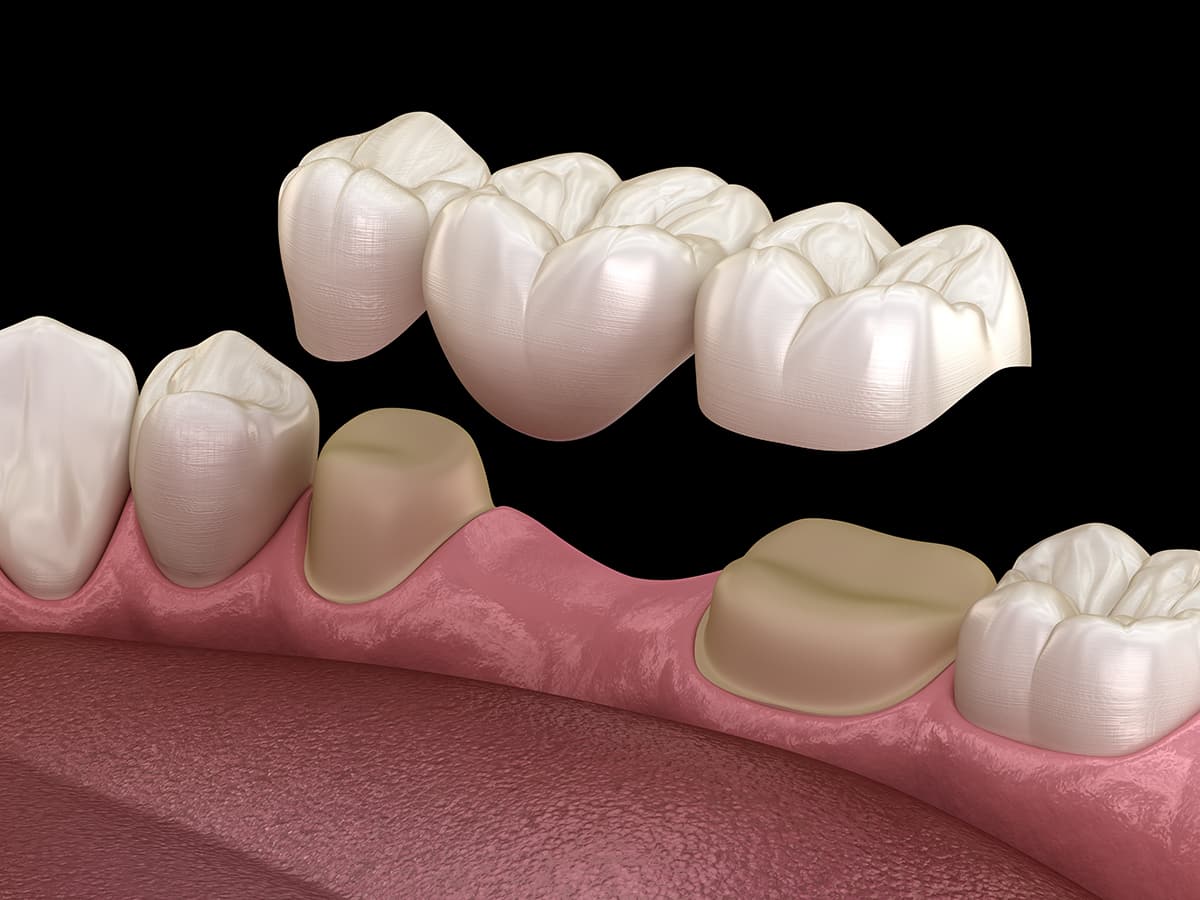Our practice can provide a wide range of dental services. We can provide nearly every type of dental service without having to refer you to other specialties. This flexibility saves you time and keeps your total dental care within one practice. Our emphasis is on total preventive care for our patients.
Dental Examination
We will thoroughly examine your teeth and gums, specifically looking for any potential problems. If the patient has not had regular dental care in past, X-rays may be necessary. If there are any signs of decay or other problems, we will recommend treatment options and make notes of any conditions that may need future observation. Oral hygiene instruction will also be provided along with suggestions to help you care for your teeth.
Routine Teeth Cleanings
Twice a year, you should schedule a routine dental cleaning. During this visit, one of our dental hygienists will remove plaque from your teeth, especially from places where your brush can't reach, such as underneath the gum line and between teeth. We will then clean your teeth and apply fluoride to help protect your teeth once you leave the office.
Fillings
A filling is a restoration of a tooth. If a cavity (decay) is present in a tooth, the decay will be cleaned out and a filling will be bonded to rebuild the tooth structure. There are two main types of fillings; silver and white. We utilize both but more frequently use white.
- Silver amalgam: Silver was once the most commonly used material when it came to dental restorations, such as fillings. However, silver fillings do not have much aesthetic appeal to patients.
- White fillings: After much research, some new tooth-colored materials have been developed that are stronger, longer-lasting and more aesthetically pleasing to our patients. These tooth-colored fillings bond directly to the tooth restoring it to its original shape.
Crowns
A crown is a custom-made covering that fits over an original tooth that is either decayed, damaged or cracked. Crowns are made of a variety of different materials such as porcelain, gold, acrylic resin or a mix of these materials.
The treatment plan for a patient receiving a crown usually involves:
- Numbing the tooth to remove the decay in or around it
- Build-up of the tooth to provide an ideal fit for the crown
- Preparing or shaping the tooth to accept a crown.
- Making a physical or digital impression of your teeth in order to create the custom crown
- Making a temporary crown out of acrylic resin and fitting it to the tooth. This will stay in place until the custom crown is made.
- Removing the temporary crown and fitting the custom-made crown onto the tooth.
- Ensuring that the crown has the proper look and fit, and cementing it into place
New technologies have greatly reduced the time needed to make strong, natural-looking crowns. Once the procedure is completed, proper care should be taken to ensure the crown remains in good condition and the teeth and gums are healthy. Given proper care, your crowns can last a lifetime!
Bridges
A bridge is a fixed dental prosthetic that fills the "gap" where a tooth once was. It works similarly to a crown where the two teeth adjacent to the gap are prepared and impressed. The final bridge looks like three teeth fused together.
A bridge may be necessary to replace a missing tooth, prevent the shifting of teeth, fix bite problems or ensure the strength and integrity of the surrounding teeth.
Implants
Dental implants are an alternative to bridges and are becoming a popular way to restore a missing tooth or numerous missing teeth. An endosteal implant is a titanium screw that is placed in the bone. After 4-6 months of healing the bone is integrated with the titanium on the implant crew. Once the bone has healed a crown is fabricated and screwed or cemented to the implant using a middle piece called an abutment.
Root Canals
A root canal procedure is necessary when bacteria has reached the nerve in the center of the tooth; such is the case with a deep cavity. Another situation where a root canal is necessary is when trauma to the tooth has caused the nerve to inadvertently die. If a root canal is not performed in either situation, there is potential for infection.
The procedure consists of cleaning out the affected nerve and bacteria using specialized equipment. Once the bacteria has been removed, the roots are sealed shut with special filler. The tooth is typically covered at the top with a temporary filling until symptoms have subsided at which point more permanent treatment is performed to restore the lost tooth structure.
Root canals can typically be completed in one visit, although more extensive cases may require another appointment. You will also be able to drive yourself home after the appointment.
Tooth Extractions
An extraction is the complete removal of a tooth. Extractions are sometimes necessary if:
- A primary tooth is preventing the normal eruption of a permanent tooth
- The tooth has suffered extensive tooth decay or trauma that cannot be repaired
- The patient has gum disease
- The tooth is impacted - this is usually the case with the third molars, or "wisdom teeth," as they erupt years after the other teeth and often have insufficient room in the jaw
Depending on the complexity of the case, an extraction can be performed surgically or non-surgically. A mild anesthesia is used to ensure the patient is as comfortable as possible throughout the procedure.


